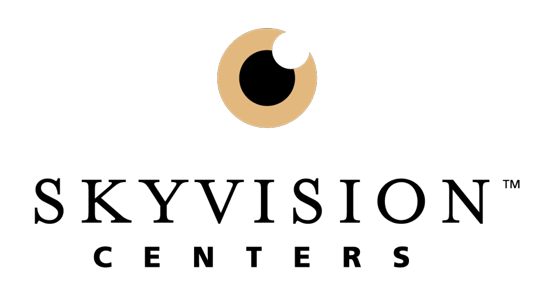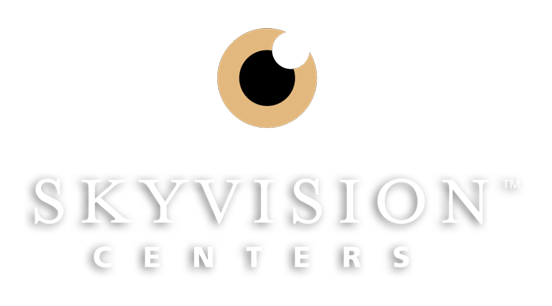Myopia Control for Children and Young Adults
SkyVision Centers optometrist, Sara E. Schoeck is pleased to offer two treatment options for the Myopic child. Nearsightedness, or myopia, has increased dramatically over the last few decades and remains one of the leading causes of poor vision across the globe. Although vision can be corrected with the use of ordinary glasses or contact lenses, severe nearsightedness can lead to an increased risk of certain eye diseases such as retinal detachment, macular degeneration, premature cataracts and glaucoma.
DEFINING MYOPIA: Myopia – often referred to as nearsightedness – is a common eye health condition in which the eyeball elongates, causing light rays to focus incorrectly in the eye, thus making distance vision blurry.
THE INCREASING PREVALENCE AND SEVERITY OF PEDIATRIC MYOPIA*: More than 40 percent of Americans are myopic and that number is increasing at an alarming rate, especially among school-aged children1.
One in four parents have a child with myopia and about three quarters of children with myopia were diagnosed between the ages of 3 and 12.
Two-thirds of eye care professionals (ECPs) say the presence of myopia among children in their practice has increased over the past 5-10 years, and 81% of ECPs recognize it as one of the biggest problems impacting children’s eyesight today.
Learn More Here: When Children Can’t See Far

However, the upward incidence of myopia can be attributed to different factors, and is occasionally the result of a combination of these factors:
- Genetics – Family history plays a role in a child’s risk of myopia. If neither parent is myopic, the chance the child will develop myopia is low. But, if one parent is myopic, it increases the child’s chance of developing myopia by 3x – doubling to 6x if both parents are myopic.
- Environment – Exposure to sunlight, vitamin D intake, dopamine levels and the amount of time someone spends outdoors have an impact on an individual’s likelihood of being myopic. Research shows spending more time outdoors lowers the risk of childhood myopia.
Most scientists involved in myopia control believe that the rate of increase in nearsightedness must be slowed to at least one half in order to benefit young patients. Research has provided a number of treatments focused on slowing the increase of myopia in children and currently, two methods seem most practical and effective at slowing nearsighted progression by at least 50 percent.
SkyVision Centers optometrist, Sara E. Schoeck is pleased to offer both treatment options to its valued patients. The two methods include the use of Low Dose Atropine eye drops and Multifocal disposable contact lenses.
To schedule an evaluation with Dr. Schoeck for your child call 440-892-3931 or click here.

